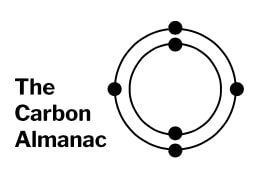When we hear absolute numbers, it can cause a strong reaction but it often doesn’t tell the whole story. Paying a 50% premium for planet friendly cement or steel sounds like a lot. Sometimes that makes a big difference, but sometimes it is a smaller cost than we expected.
In her latest Sustainability by Numbers newsletter, Hannah Ritchie, data scientist and guest on our CarbonSessions podcast, shows us that green cement or steel may not have as big an impact on the cost of a car or house as the premium suggests. It all depends on how much is needed for the construction.
Turns out that steel is not a major driver of the cost of a car so using green steel could add only a few hundred dollars to the final price.
And for housing construction, even if green cement was 75% more expensive than traditional cement, the additional cost to a $250,000 house would be around 1%. While $2,500 isn’t zero, it is often less than any price changes due to bidding wars.
As Ritchie reminds us, steel and cement production are each responsible for 7-8% of our total global carbon emissions. So bringing down the premium on green alternatives is key for adoption, which in turn is critical for our fight against climate change.
If you enjoyed this article, click here to join the Daily Difference, a newsletter to help everyone around the world in taking action and making a significant positive impact. It’s not too late. The earth needs passionate people like you to spread the word and create meaningful change.

